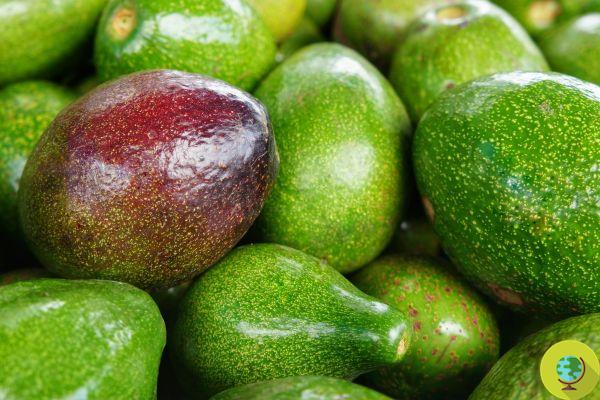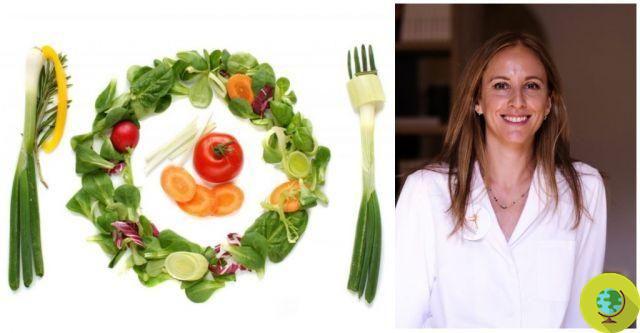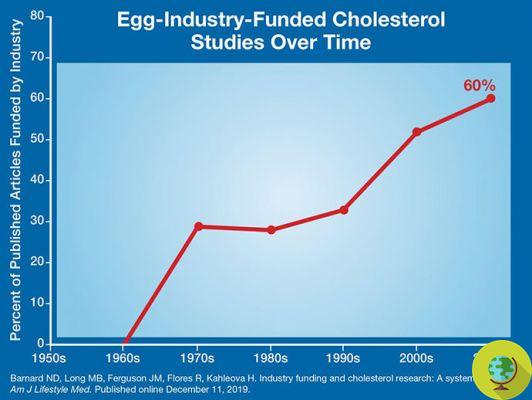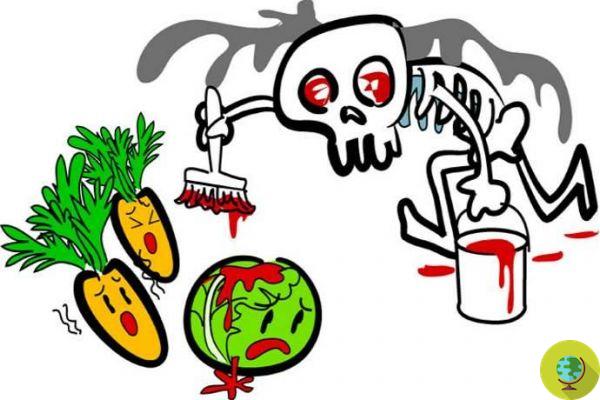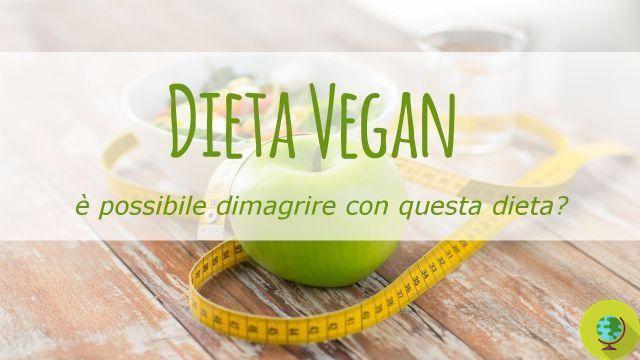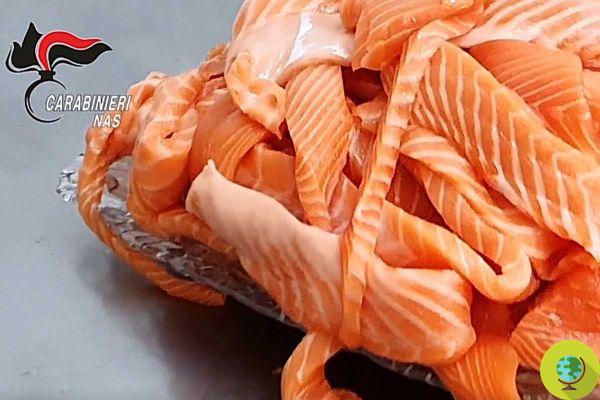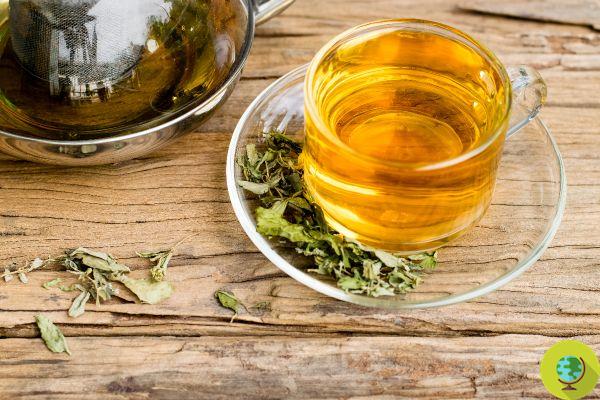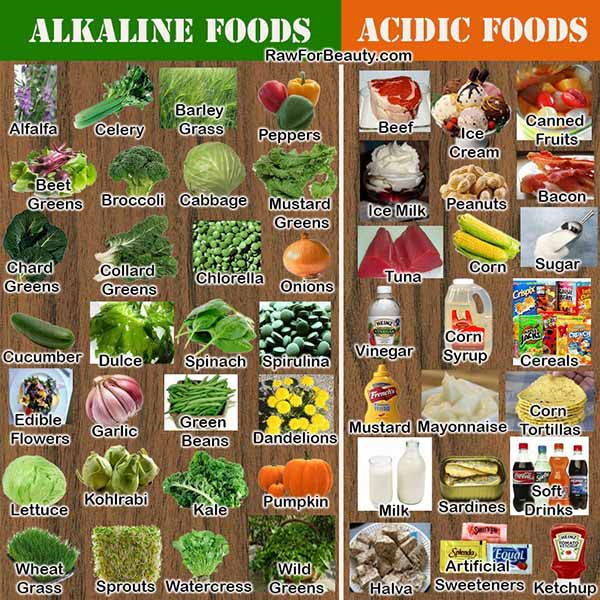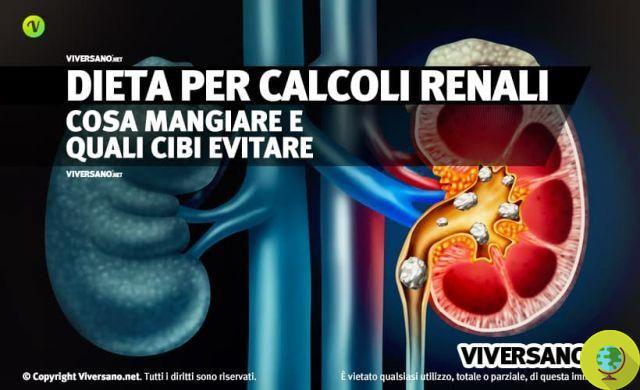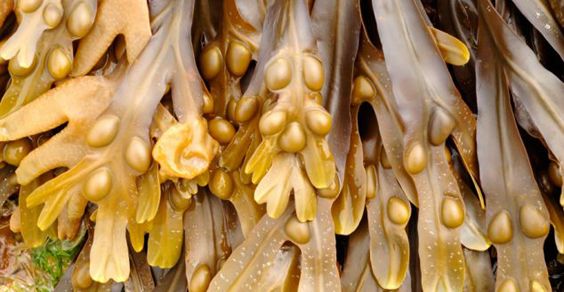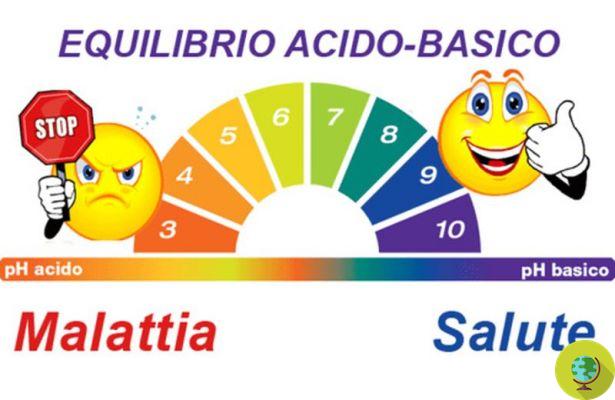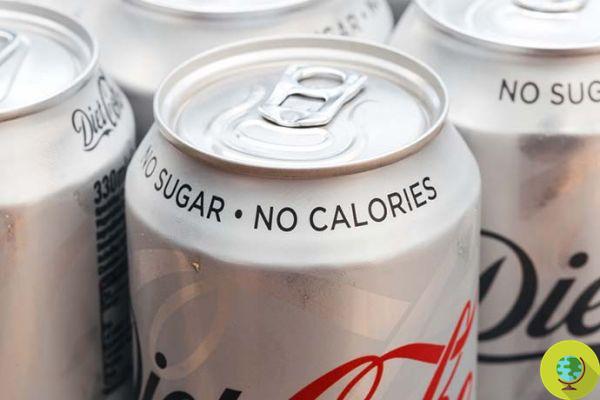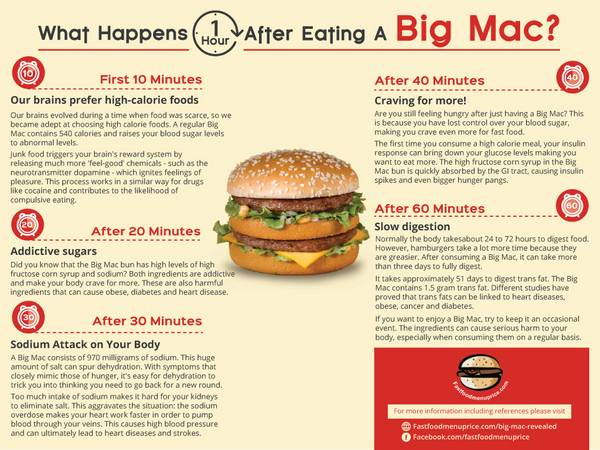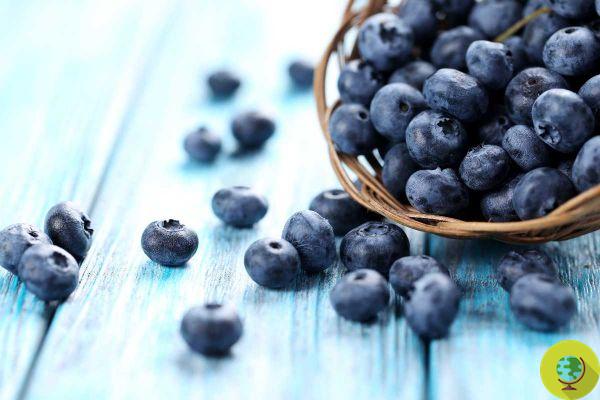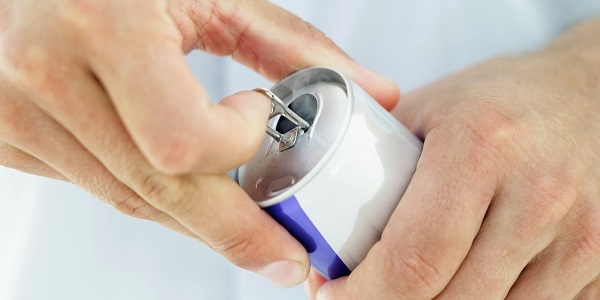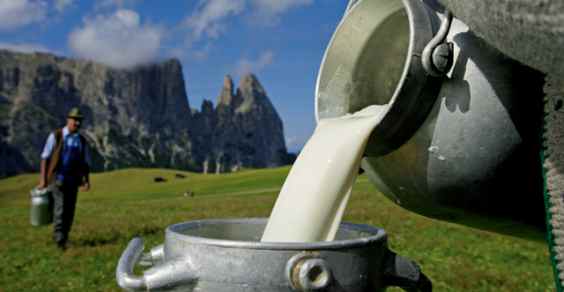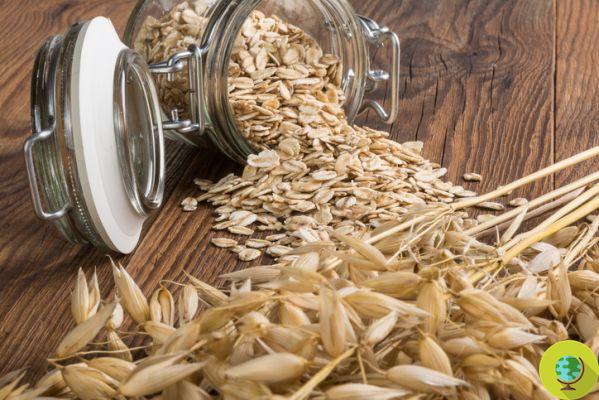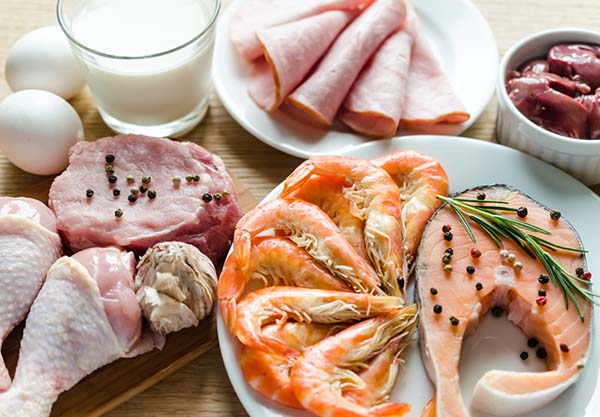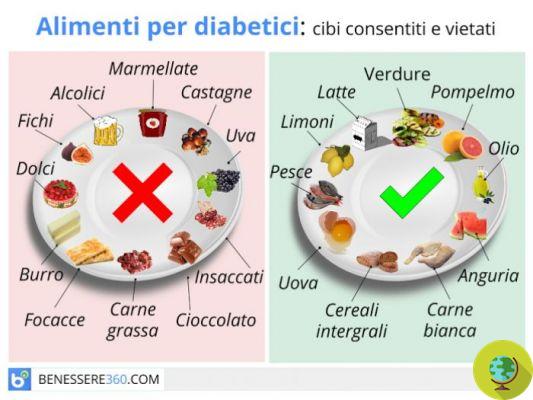What are sulphites, where are they added and why? What are the acronyms to recognize them on the label? And what contraindications?
Do not store avocado like this: it is dangerous What are sulphites, where are they added and why? What are the acronyms to recognize them on the label? And what contraindications?
The sulphites are preservatives widely used in the food and wine industry. But what exactly are the foods and drinks that contain them? And how to recognize them on the label?
To ensure that food products last longer and do not develop dangerous bacteria or other microorganisms, different types of substances are used preservatives. Among these precisely i sulfites which we often hear about came, but that actually are born in many other commonly used products.
We understand better what it is, also referring to the relevant legislation and regulations.
Index
name="sulfites-what-are-they-">Sulfites, what are they?
I sulfites they are part of food additives and specifically they mainly function as preservatives, they are therefore added to foods and drinks for antioxidant, antibiotic and antiseptic purposes. The result is a product that has a greater conservation over time and does not risk contamination.
These substances also help keep food looking good for example, avoiding that they change color and some are used, for example, for bleach the sugar.
The term sulphites indicates both sulfur dioxide and some of its inorganic salts. While sulfur dioxide is used in the form of gas and in the liquid state, the other sulphites are instead in powder form.
name="sulphites-on-the-label-list">Sulphites on the label, list
Sulphites appear on the label of packaged products they can be indicated with codes ranging from E220 to E228. Specifically, it is:
E220 - Sulfur dioxide
E221 - Sodium sulfite
E222 - Sodium bisulfite
E223 - Sodium Metabisulfite
E224 - Potassium metabisulfite
E225 - Potassium sulfite
E226 - Calcium sulfite
E227 - Calcium bisulphite
E228 - Potassium Acid Sulfite
name="sulfites-where-they-are-found">Sulfites, where they are found
The sulfites they are hidden in so many food categories and therefore the problem, as often happens, arises from the continuous intake of these substances, often without even realizing it.
It is therefore important to know the main foods and drinks in which these substances are present while trying to limit their consumption.
Foods that generally contain sulphites or that may contain them are:
- wine
- beer
- sausages
- dehydrated fruit
- dried fruit
- fruit juices
- vinegar
- conserve pickle
- preserves in oil
- canned in brine
- funghi secchi
- vinegar
- prepared for mashed potatoes
- mustard
- dairy product
- fish
- seafood
- XNUMX/XNUMX cup sugar
- cider
- hot dog
- hamburger
To be sure of the presence or absence of sulphites always read the label of the products you buy.
Sulphites in wine
Although sulphites are currently found in many foods, the more traditional use of these substances is still linked to the winemaking process. It is true that sulfur dioxide is present in nature and that fermentation by the yeasts found on the grape skin also produces sulphites, it is equally true, however, that in the making of wine these substances are often added at different moments of the production process. and for various purposes.
The sulfites prevent in fact the oxidation of the juice, have antibacterial function, allow one better fermentation of the product, guarantee a more pleasant color especially for red wine and obviously allow it to be kept for longer.
There are gods wines "without added sulphites" which boast this indication on the label as they contain only natural sulphites obtained through fermentation and therefore no further preservatives have been added. According to the EU directive we are talking about a little below, however, even if no sulphites have been added but the quantity is for example 15 mg / liter, it is not possible to indicate on the label the wording without sulphites, as it is established at 10 mg / liter. liter the safety term for people who may be sensitive to these substances.
Sulfites, the directive
The use of sulphites is regulated by an EU directive (Regulation (EU) No. 1129/2011) which establishes the maximum amount of these substances in food, this varies from food to food.
Here are some foods you can use in sulfur dioxide or other sulphites and in what maximum quantity (mg or ml / kg of sulfiti):
- apricots, peaches, grapes, plums and dried figs 2000
- dried fruit as a glazing agent 2000
- protein-based meat, fish, shellfish and cephalopod substitutes and cheese 2000
- meat, fish, crustacean and cephalopod substitutes 2000
- concentrated grape juice for home wine production 2000
- dried bananas 1000
- dried apples and pears 600
- nuts and dried fruit 500
- 500 yellow peppers in brine
- Dijon mustard 500
- dehydrated potato products 400
- lime and lemon juice 350
- onion, garlic and shallot pulp 300
- fruit wines and wine with a reduced alcohol content 260
- sliced lemon, in jar 250
- wine 200
- non-alcoholic products 200
- dried tomatoes 200
- fermentation vinegar 170
- cannella (Cinnamomum ceylanicum) 150
- dry ginger 150
- dried mushrooms 100
- frozen and deep-frozen potatoes 100
- vacuum packed sweet corn 100
- 100 white pulp cherries
- rehydrated dried fruit and lychees, fruit mustard 100
- jams, jellies and marmelades produced with fruit treated with sulphites 100
- fruit and vegetables, angelica and candied, crystallized or glazed citrus peel 100
- white vegetables, including white mushrooms and legumes 50
- peeled potatoes 50
- cooked crustaceans and cephalopods 50
- starches and starches. Except starches in baby foods, follow-on formulas, processed cereal-based foods and other baby foods for infants and young children 50
- dry biscuits 50
- beer with a second fermentation in keg 50
- cereal and potato based snacks 50
- Gelatin 50
- sago and pearl barley 30
- table grapes, fresh lychees (measured in edible parts) and blueberries (Vaccinium corymbosum) 10
In ANNEX II, EU Reg. 1169/2011, it is established the obligation for those who sell and administer foods with sulphites to report it on the label. In fact, point 12 reads:
"Sulfur dioxide and sulphites in concentrations higher than 10 mg / kg or 10 mg / liter in terms of total SO 2 to be calculated for the products as proposed ready for consumption or reconstituted in accordance with the manufacturers' instructions".
In our country it is therefore mandatory to affix the wording "contains sulphites" in all cases where food or drinks contain these substances in a concentration higher than 10mg / liter. In fresh products, however, it is not mandatory to report its presence. In fish, for example, we could find sulphites even without knowing it.
The World Health Organization established a maximum acceptable daily dose which is 0.7 milligrams per kilo of weight corporeal. However, it is difficult to really establish how many sulphites we consume every day.
Sulfites: is it better to avoid them?
Sulfites are certainly not beneficial to health given that they are potentially allergenic substances but moderate consumption of foods containing them is generally tolerated and not inherently dangerous.
Of course we advise you to read the labels and to leave packaged products on the shelves as much as possible turning instead to fresh and seasonal foods. It is always best to check the foods we buy and avoid these substances as much as possible.
More sensitive people (or if you do not consider that these additives are present in many drinks and foods) can run into some ailments: allergic reactions, aggravation of asthma, reduced absorption of some vitamins (in particular those of group B), hives, itching, vomiting, nausea and headache.
Actually the feeling of circle to the head or real headache that many people have after the consumption of wine is not due only to the presence of sulphites, as is believed, but also of the "biogenic amines", substances that are formed during winemaking and in turn produce compounds that in some cases can have adverse health effects.
To deepen the knowledge of food additives read also:
- 7 FOOD ADDITIVES AND SUBSTANCES TO AVOID
- FOOD ADDITIVES: WHAT THEY ARE AND THE POSSIBLE EFFECTS ON HEALTH (VIDEO)
- 7 FOOD ADDITIVES THAT INCREASE THE RISK OF AUTOIMMUNE DISEASES
- FOOD ADDITIVES: HOW SAFE IS USING CARRAGENIN (E407)?
- 5 ADDITIVES OF ANIMAL ORIGIN: CRUELITY YOU DON'T EXPECT
However, sulphites are substances that make the work of the liver more difficult, an organ responsible for their elimination which then takes place definitively through the urine. Among other things, they can interact with some drugs, in particular cortisones, making hypersensitivity appear more easily.
THE EXPERT'S OPINION
We asked Serena Pironi, food technologist, to give us some explanations about sulphites. Here's what he told us:
"Sulfur is a mineral salt present in nature, in foods containing proteins with sulfur amino acids (meat and derivatives, milk and derivatives, fish, legumes, eggs) and in some horticultural products (cabbage, Brussels sprouts, cabbage, onion, garlic , turnips ...). Sulfur dioxide or sulfur dioxide is a colorless, pungent-smelling, non-flammable gas that is soluble in water and food and is formed by the reaction between sulfur and oxygen. This gas is one of the air pollutants and is capable of damaging paints and metals. If it reacts with other oxygen it becomes sulfuric anhydride, which reacts with water to form sulfuric acid, responsible for acid rain, which damages nature and monuments.
Sulphites, metabisulfites and bisulfites are derivatives of the oxidation of sulfur and are found on the market as additives in the form of salts (eg potassium bisulphite) ".
“Additives are molecules that are added to food for certain purposes; in some cases they are used to provide an antioxidant action, that is to protect the food from secondary reactions with the oxygen in the air, thus avoiding changes in color, flavor and the generation of harmful secondary substances. Sulphites belong to this category of antioxidants and for this reason they are widely used in the food industry.
The wine industry in particular also uses sulfur for other properties, that is, it allows the selection of the flora useful for fermentation of the must (yeasts), inhibiting the antagonistic microbial flora and prolongs the shelf life of the wine by hindering the development of other altering microorganisms. Each additive authorized for use in the European Union has its own registration number preceded by the letter E ".
"Today it is not uncommon to find such additives in wines (usually in greater quantities in white ones, as they are naturally less rich in phenolic substances), in vinegars (except balsamic), in preserves (such as jams, pickles ...), in crustaceans (such as frozen or deep-frozen shrimps), in surimi, in nuts (such as almonds, hazelnuts ...), in dried fruit (such as raisins or dried plums), in condiments (such as mustard), in certain drinks non-alcoholic and in fruit juices.
Dr. Pironi also explains that they exist some additives derived from sulfur:
E513: sulfuric acid
E514: sodium sulphates
E515: potassium sulphates
E516: calcium sulphate
E517: ammonium sulphate
E520: aluminum sulphate
E521: aluminum sodium sulphate
E522: aluminum potassium sulphate
E523: aluminum and ammonium sulphate
How is the use of sulphites regulated?
"In general, for each authorized additive it is assessed where it can be used, what is the limit of use in the food to which it can be added and, if it can be toxic beyond certain quantities, its ADI (i.e. the maximum daily dose permissible for humans). In the case of sulfur dioxide and sulphites, the wine legislation allows up to 150 mg / l of use in reds, 200 mg / l in whites and up to 235 mg / l in non-quality sparkling wines. There are also the following limits of use for additives E220 - E228: from 20 mg / kg to 250 mg / kg in soft drinks depending on their composition, from 50 mg / kg to 2000 mg / kg in juices depending on the type , from 50 mg / kg to 270 mg / kg in crustaceans and cephalopods depending on the presence of cooking and the number of units, 50 mg / kg in processed white vegetables, mushrooms, legumes, dried coconut, peeled potatoes and confectionery products, 100 mg / kg in dried fruit, lychee, mustard, dried mushrooms, fruit-based fillings for pastry and vacuum-packed sweet corn, 150 mg / kg in dried ginger and cinnamon, 200 mg / kg in dried tomatoes, in based condiments of citrus juice and in some dried and salted fish, 300 mg / kg in onion pulp, garlic and shallot, 400 mg / kg in dried white vegetables and in processed potato products (such as flakes for example), 500 mg / kg in nuts and dried fruit (except that mentioned below), 600mg / kg in dried apples and pears, 800 mg / kg in horseradish pulp, fruit extracts and pectin, 1000 mg / kg in dried bananas and 2000 mg / kg in apricots, grapes, prunes and dried figs. The exhaustive list can be found in the tables attached to Regulation (EC) no. 1333/2008 and subsequent amendments.
As regards sulfuric derivatives, only the following maximum limits of use are present by law: E520-E523 30 mg / l or mg / kg in egg white products, 200 mg / kg in candied or glazed fruit and vegetables.
The E513 will be re-evaluated by studies of the EFSA (the European food safety authority) by the end of 2018, while the E220-E228 have already been re-evaluated ".
What are the health risks? Are there any maximum quantities not to be exceeded?
“Sulphites transform into non-toxic sulphates in the digestive system, but they can release sulfur resulting in gastric irritation or other more severe symptoms depending on the amount ingested or they could bind to some sulfur proteins, altering their metabolism.
The sulfur also interacts with cellular enzymes and with some vitamins (it destroys thiamine which is vitamin B1).
The maximum daily consumption of an average man should not exceed 0,7 mg of sulfur per kg of body weight; for example, a 70 kg person could exceed the dose by eating 1 kg of cooked shellfish or 50 grams of dried apricots.
Since sulfur is a gas, its content decreases as food is cooked.
Sulfur and its derivatives have been the subject of study for what concerns allergies, or unusual reactions to specific foods by the body's immune system.
As in the case of other allergens, the symptoms can be varied (headache, asthma, vomiting, dermatitis ...) and in the most serious cases it could also lead to anaphylactic shock.
In the case of these compounds, the European Union has established the numerical limit of 10 ppm or 10 mg / kg above which this molecule is considered an allergen for people who are sensitive to it. This means that when it is present it must be highlighted in the ingredients list with a different font than the others (such as bold or a different font) so as to be immediately identifiable by those who must not consume it.
The same concern in the indication must be present, as well as all other allergens, in commercial establishments; those who sell food, such as ice cream parlors or bars, display the list of ingredients with different graphic highlighting of the allergens, while restaurants must indicate in the menu at least the possibility of asking the staff to be able to make explicit the presence or absence of the listed allergens in the dishes by law ".




